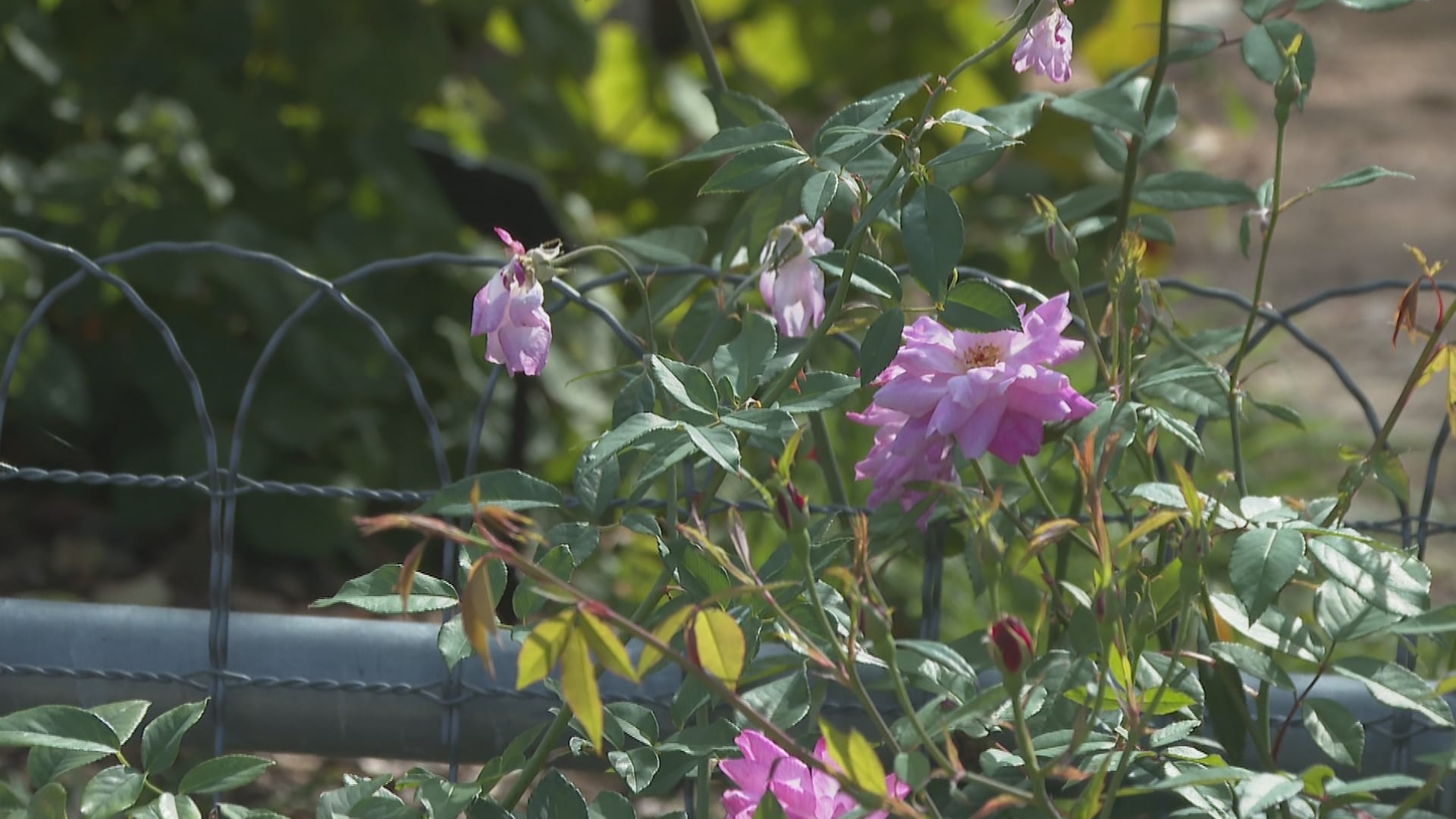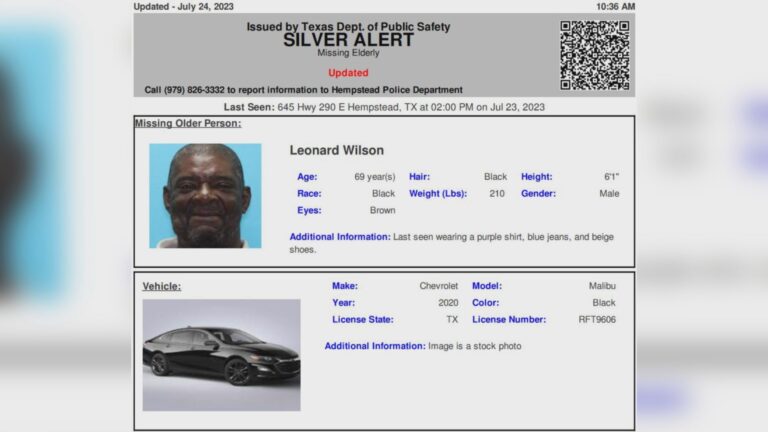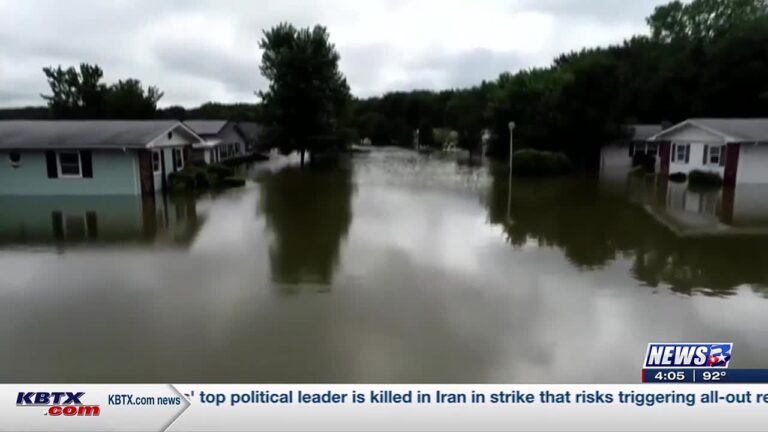USDA releases new Plant Hardiness Zone Map
BRYAN, Texas (KBTX) – The USDA has recently released a new Plant Hardiness Zone Map for 2023 which shows the lowest average winter temperatures across the nation.
The 2023 Plant Hardiness Zone Map is the first update in over a decade with the last map being published in 2012. It is designed to help farmers and gardeners plant and grow crops in accordance with the data. However, the map does not include other factors that determine plant growth such as summer heat, humidity, rainfall, soil moisture and more.
Skip Richter, county extension horticulturist with Texas A&M AgriLife Extension said the map is a nice arrival, and it shows locations are about a half zone warmer than they used to be.
“If you were in 9B you’re now in 9A if you were in 9A you’re now in 8B and so on that’s about a 4 or 5-degree difference,” Richter said. “A 5-degree shift with the reality that its still going to range a lot each winter doesn’t mean a whole lot in terms oh all of a sudden we’re going to become the banana belt, but it does mean that something like a satsuma orange, which could get frozen back in a lot of years is going to have a better chance of surviving.”
Warmer weather over the last few years has been the driving force of the changes to this year’s map. Scientists also have data with about 55 percent more weather stations reporting local data, Richter said.
“No one knows which direction the weather is going to go especially long-term periods, so we just have to consider how it’s been on average and then adjust our planting and care accordingly,” Richter said.
This shift in temperatures means that plants that require warm weather to survive will be more likely to survive especially in the Lonestar State.
“Something that may be a little too cold tender for your location now may be doable with a little bit of protection. It’s not a dramatic change but it is a change,” Richter said. “
In Bryan-College Station, the lowest average winter temperature sits at 20 to 25 degrees. The map in 2012 shows the area’s lowest average winter temperature used to sit at 15 to 20 degrees.
“We have marginal plants, plants that you know some years freeze all the way back, some years they don’t,” Richter said. “This esperanza for example is typically very cold hearty for here, but in a cold winter you’re going to have it freeze back to near the ground, now we may see more above-ground growth surviving over the winter.”
The shift isn’t positive or negative according to Richter who said it’s still just an average.
“I like to say if you put one foot in ice water and one foot in boiling water on average you’re comfortable so that basically means there are still going to be extremes so we’re going to have to watch how the weather changes going forward.”
To view the map click here.







